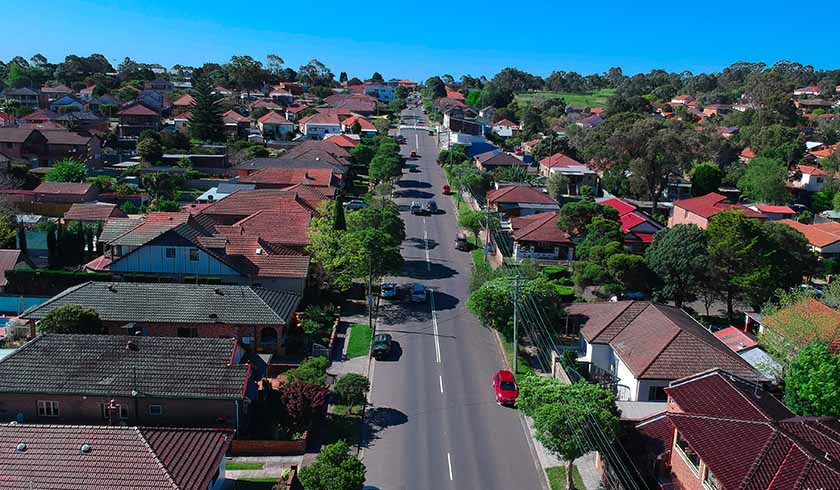Investor activity too low to yield market disruption, expert says
While new data points to a resurrection in the number of investors entering the housing market, the share of investors remains at record-low levels, an expert has said.

Investors are clearly joining the stampede of buyers rushing into the housing market, but the overall home loan market share of investors remains at record-low levels, new data has revealed.
According to the ABS, while the value of national investor lending, seasonally adjusted, increased by 9.4 per cent over January to $6.4 billion – the highest monthly total recorded since May 2018 – the overall home loan market share of investors dropped to a new record-low 19.1 per cent, well below the long-term average of 33.1 per cent.
Commenting on these findings, Archistar’s chief economist, Dr Andrew Wilson, opined that this data offsets any concern by the RBA and financial regulators of potential market disruption.
“Recent growth in investor lending still lags the remarkable increases reported by owner-occupiers and first home buyers,” Dr Wilson said in a statement.
“During the similar strong market conditions in 2014, investor market share exceeded 40 per cent, which resulted in actions by financial regulators to subdue activity from this group.
“This reflected concerns that record levels of highly leveraged investors may cause disruptions to housing markets in the event of an increase in official interest rates pushing down home prices,” Dr Wilson explained.
Looking closely at ABS data, state by state, WA reported the sharpest increase in monthly investor lending over the past year, rising by 47.2 per cent, followed by Queensland, up 26.7 per cent; NSW, up 17.9 per cent, and South Australia, up 0.4 per cent. Monthly investor lending in Victoria, however, fell 1.0 per cent over the past year.
NSW accounted for the most investor activity over January, with 40.9 per cent of total national activity and $2.21 billion in loans approved, followed by Victoria, well behind with $1.47 billion; Queensland, $0.89 billion; Western Australia, $0.34 billion, and South Australia, $0.24 billion.
Moreover, the average NSW investor loan reported over January was the highest of all the states at $658,900, followed by Victoria, 537,388; Queensland, $441,037; Western Australia, $411,649, and South Australia, $368,232.
“Although investor lending is on the rise, the overall residential loan market share remains at record-low levels with current strong prices growth clearly driven by unprecedented owner-occupier lending activity,” Dr Wilson said.
“Any misguided move to raise interest rates to quell strong buyer activity would clearly place in jeopardy the current fragile and nascent economic recovery – something the RBA has clearly acknowledged.”
